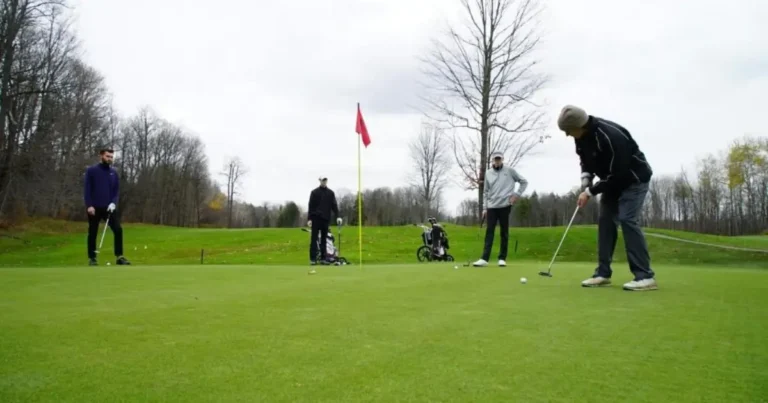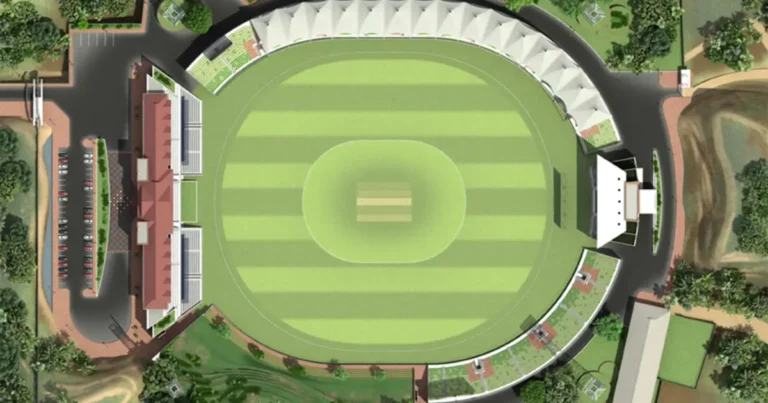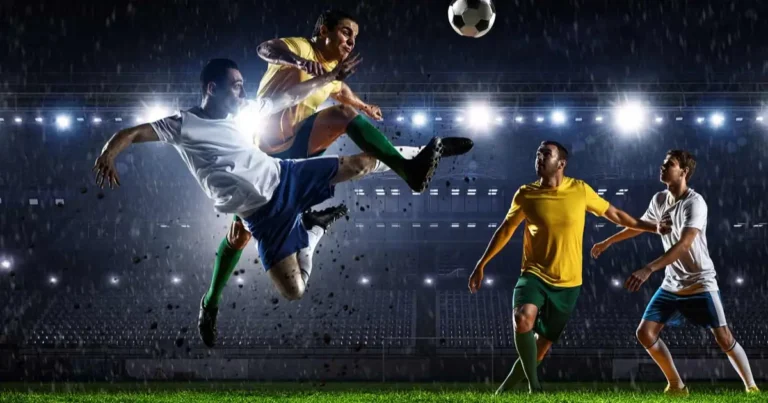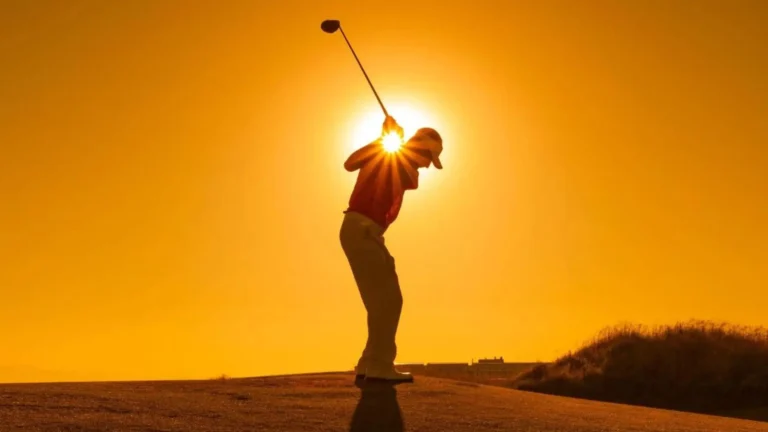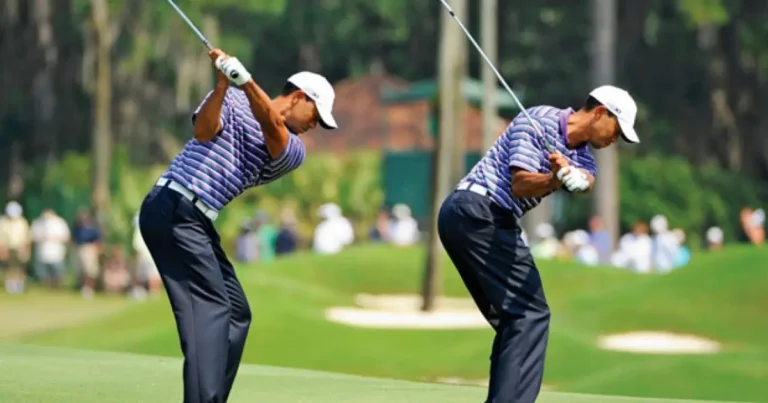Average Swing Speed by Age for Irons
Golfers strive for an ideal swing speed that propels iron shots to the appropriate distance. However, average swing speeds varies greatly depending on age and physical capability. Understanding typical benchmarks for various ages allows golfers to set realistic expectations and training goals for maintaining distance throughout their careers.
Swing Speed and Distance according to Age Group
A golfer’s age has a significant impact on their ability to generate clubhead speed, which is the primary factor determining shot distance. Younger players in their peak physical condition can swing faster, whereas older golfers lose flexibility, strength, and bat speed over time. Here are average swing speeds and typical carrying distances for solidly-struck 6-iron shots by age group:
Teen Golfers: Around 80 mph, 150-165 yards.
- Golfers in their 20s and 30s: 85-95 mph, 160-180 yards.
- Golfers in their 40s: 90-100 mph, 170-190 yards.
- Golfers in their 50s: 85-95 mph, 165-180 yards.
- Golfers in their 60s: 75-90 mph, 150-175 yards.
- Golfers in their 70s and 80s: Below 80 mph and under 160 yards
As these benchmarks show, swing speed and thus distance gradually decline after a golfer’s peak years in his or her twenties and thirties. However, by staying fit and practicing proper swing mechanics, older golfers can maintain very respectable clubhead speed and iron yardages.
Aside from age, what other factors influence swing speed?
While age has a significant effect on average swing speed, other physical and technical factors, such as
- Golfers who are stronger and more flexible have the ability to swing faster.
- Golf Swing Mechanics: Efficient technique increases clubhead speed.
- Equipment: Properly fitted clubs should match swing characteristics.
- Injury/Medical Issues: Physical limitations may reduce speed.
- Increased practice and play frequency leads to faster results.
- Physical conditioning: Exercise and fitness improve speed.
Golfers looking to improve their swing speed should consider these factors in addition to their age benchmark numbers. A 50-year-old who remains fit and sharp may outperform a 30-year-old with poor mechanics and conditioning.
Swing Speed Differences Across Clubs
The average speed varies between irons, woods, and hybrids, with longer clubs producing faster tempo and clubhead speed due to their heavier weight and design. Here are benchmark swing speeds based on club type:
- Driver: 85 to 105 mph.
- Fairway Woods: 80 to 95 mph.
- Hybrids: 80 to 95 mph.
- 5-6 irons: 75-90 mph.
- 7-Wedges: 70 to 85 mph
Matching these speed norms ensures the proper launch, peak height, and spin rates for each club’s optimal distance and flight shape. Golfers generate their fastest clubhead speed with the driver, decrementing down through the set as shaft length shortens.
The effect of swing speed on shot trajectory
Beyond pure distance, swing speed has a significant impact on ball flight trajectory, spin rates, and thus shot control. Faster speeds cause the ball to fly higher, requiring more backspin to hold greens. Slower swings result in lower trajectories, limiting your ability to attack pins and handle windy conditions. Matching speed norms for your age allows you to play optimal shot shapes and score lower.
Strength Training for Maintaining Speed
While muscle mass naturally declines with age, targeted strength training can reduce swing speed loss and increase driving distance late in a golfer’s career. To maintain golf-specific strength, focus functional training on the core, legs, and shoulders/arms. Lifting 2-3 times per week during the season and 4+ times off-season has proven to be effective. However, avoid overtraining, playing while fatigued, or risking strains and tears. Most golfers can get by with 15-30 minutes per session of gradually increasing reps and resistance.
Additional Drills to Maintain Speed
Aside from traditional strength training, solid swing speed drills supplement functional fitness work. Use weighted clubs for partial practice swings to gradually strengthen key golf muscles. Swing aids like Speed Stiks, as well as gym equipment like battle ropes, resistance tubing, and stability balls, help increase speed. Finally, high-tempo swing drills with a metronome instill faster rhythm in muscle memory without overexertion. Including these drills in your regular practice routines helps you maintain your speed.
Custom Club Fitting for Optimal Speeds
As golfers age, optimizing equipment to match their changing swing speeds becomes increasingly important for maintaining distance and enjoyment. Younger players with faster swings require stiff, lightweight shafts to maximize clubhead speed. Older golfers prefer more flexible shafts that make loading and unloading easier with slower swings. Custom club fitting uses personal speed, transition force, launch characteristics, and other data to create sets that are precisely tailored to your abilities across all club types and brands. Investing in this process enables senior players to retain more yardage later in life.
Acceptance of Speed and Distance Changes
While fitness, drills, and custom equipment help golfers maintain their abilities for longer periods of time, accepting reality is also essential. Setting unrealistic expectations for youthful swing speeds and distances will only lead to frustration. Better strategy, course management, and short game skills can help veteran players achieve high scores despite declining raw power. Focus on playing smarter rather than relying solely on swing speed and length. Find satisfaction in outperforming peers your own age. Instead of chasing past speed and distance records, measure success by lowering scores and handicaps. Golf can be rewarding for the rest of your life if you accept reality.
Conclusion
Average swing speed for solid iron shots correlates strongly with age. However, many other factors contribute, ranging from mechanics and conditioning to strategy and custom fitting. While some decline is unavoidable, dedicated golfers can use the tips in this article to keep their speed and distance above average as they age. This enables them to continue playing enjoyable golf and shooting comparable scores to their same-age peers well into their senior playing years while maintaining realistic expectations.


